Approval for 1330/1622 Oxygen Cleaning
Kennett Square, PA, USA (8/23/22) – Admiral Valve, LLC dba CPV Manufacturing Recently Approved for 1330/1622 Oxygen Cleaning
CPV Manufacturing’s aqueous component cleaning process was recently approved by NAVSEA for MIL-STD-1330D and MIL-STD-1622B cleaning. With the approval for 1330/1622 Oxygen Cleaning, CPV will now be able to better meet the needs of the U.S. Navy and other applications requiring intensive cleaning standards.
This approval gives CPV the ability to clean valve components, produce and test finished assembled valves, and package shipments meeting 1330/1622 standards without materials leaving its facility prior to the final shipment. This will allow for greater in-house efficiency, decreased lead times and easier product traceability. Below are the standards listed in full.
- MIL-STD-1330D Department of Defense Standard Practice, Precision Cleaning and Testing of Shipboard Oxygen, Helium, Helium-Oxygen, Nitrogen, and Hydrogen Systems
- MIL-STD-1622B Department of Defense Standard Practice, Cleaning of Shipboard Compressed Air Systems.
This is an exponential step in the growth of CPV and President and CEO, David London is ecstatic. “Attaining this high-level certification attests to our strong commitment to our customers and the production of high-quality, safe products. We have been working towards this approval for quite some time and have made significant investments into our facilities and personnel in preparation for this new standard.”
CPV’s cleanroom was expanded in 2021 and Certified to meet ISO 14644 Class 7 standards. Employees have been trained and certified as Oxygen Clean Workers and validated to meet MIL-STD-1330D standards. This further enhances CPV’s cleaning program which already meets:
- CGA G-4.1-2018 – Cleaning of Equipment for Oxygen Service and ASTM G93
- ASTM G93/G93M-19 – Cleanliness Levels and Cleaning Methods for Materials and Equipment Used in Oxygen-Enriched Environments
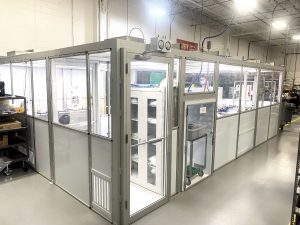
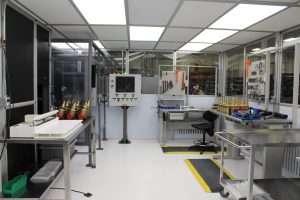
And CPV isn’t stopping there. CPV promises to continue to invest in its facility, employees, and equipment to provide best-in-class service and products to ends users in every application possible. CPV is proud to finally say we are certified for MIL-STD-1330D and MIL-STD-1622B Oxygen Cleaning and is looking forward to the next challenge they can accomplish for their customers.
If you have any questions or wish to learn more, contact CPV today at Sales@cpvmfg.com.
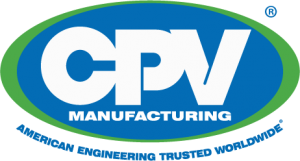 CPV Manufacturing was founded in 1915 as a one-man business, manufacturing replacement valves for steam-driven reciprocating pumps. Today, CPV is recognized worldwide for its high-quality valves and fittings and dedication to state-of-the-art design, equipment, safety, and reliability. CPV Manufacturing’s valves withstand the high tolerances required by the maritime, industrial gas, and petrochemical industries. Based out of Kennett Square, PA, USA, CPV has a complete facility for developing, manufacturing, and testing its products. Dedicated workers and global partnerships allow CPV to be a market leader.
CPV Manufacturing was founded in 1915 as a one-man business, manufacturing replacement valves for steam-driven reciprocating pumps. Today, CPV is recognized worldwide for its high-quality valves and fittings and dedication to state-of-the-art design, equipment, safety, and reliability. CPV Manufacturing’s valves withstand the high tolerances required by the maritime, industrial gas, and petrochemical industries. Based out of Kennett Square, PA, USA, CPV has a complete facility for developing, manufacturing, and testing its products. Dedicated workers and global partnerships allow CPV to be a market leader.



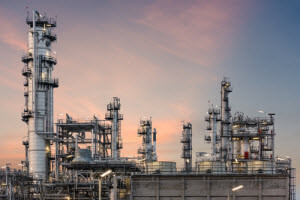 will
will 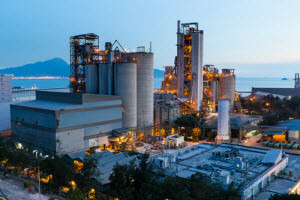 As a global stage for communications, the best start-ups will have a chance to receive opportunities to work with these and other global chemical leaders. These opportunities can help participants find investors and ultimately turn the best ideas and projects into a full industrial production.
As a global stage for communications, the best start-ups will have a chance to receive opportunities to work with these and other global chemical leaders. These opportunities can help participants find investors and ultimately turn the best ideas and projects into a full industrial production. Monitoring systems in plants used to be a difficult task for many companies in the oil and gas industry, but the IoT is working to change that. With
Monitoring systems in plants used to be a difficult task for many companies in the oil and gas industry, but the IoT is working to change that. With  We already know that the IoT communicates system information to other connected mobile devices. However, it can also store the important data a company needs in an online storage unit, like a cloud computing system.
We already know that the IoT communicates system information to other connected mobile devices. However, it can also store the important data a company needs in an online storage unit, like a cloud computing system.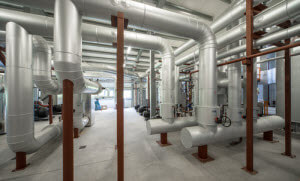 Smart pigs are autonomous devices used to inspect fired heaters in many oil refineries and plants. They’re placed within the system, and as they flow through the pipes, the smart pigs assess the condition, shape, temperature, and curvature of the tubing. If any damage, deterioration, or corrosion is detected, the devices can activate an alert to workers or will store its findings in a report that you can access once the smart pigs are out of the pipes.
Smart pigs are autonomous devices used to inspect fired heaters in many oil refineries and plants. They’re placed within the system, and as they flow through the pipes, the smart pigs assess the condition, shape, temperature, and curvature of the tubing. If any damage, deterioration, or corrosion is detected, the devices can activate an alert to workers or will store its findings in a report that you can access once the smart pigs are out of the pipes.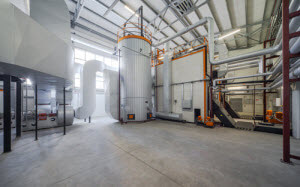 Smart pigs are specially designed to provide optimum inspection coverage because they can be fitted with a variety of inspection technologies. With these technologies, smart pigs can catch an issue in the pipelines before they can cause performance problems and system failure.
Smart pigs are specially designed to provide optimum inspection coverage because they can be fitted with a variety of inspection technologies. With these technologies, smart pigs can catch an issue in the pipelines before they can cause performance problems and system failure. As stated, these technologies are becoming one of the most indispensable amenities for manufacturing companies. But how exactly do M2M technologies drive efficiency and lower costs?
As stated, these technologies are becoming one of the most indispensable amenities for manufacturing companies. But how exactly do M2M technologies drive efficiency and lower costs?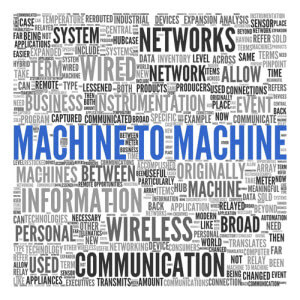 M2M technologies also allow manufacturing companies to track product shipments, storage conditions, and inventory. Sensors attached to pallets and boxes communicate their location and status to connected devices at your plant so you can better keep an eye on your products.
M2M technologies also allow manufacturing companies to track product shipments, storage conditions, and inventory. Sensors attached to pallets and boxes communicate their location and status to connected devices at your plant so you can better keep an eye on your products. The IoT provides a means of communication for electronic devices connected to one another. An
The IoT provides a means of communication for electronic devices connected to one another. An  Robots are designed work faster and more precisely to ensure a smooth workflow within a facility. They can also produce more products, which helps to boost business and revenue.
Robots are designed work faster and more precisely to ensure a smooth workflow within a facility. They can also produce more products, which helps to boost business and revenue.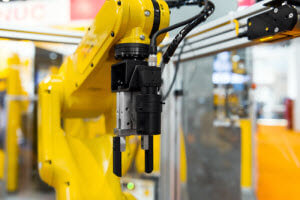 Industrial robots have become one of the most beneficial tools in manufacturing. They help to streamline operations and boost overall efficiency in the facility. But with the new sensory software being developed, the robots can track humans and distinguish them from other objects, making the robots safer and even more efficient.
Industrial robots have become one of the most beneficial tools in manufacturing. They help to streamline operations and boost overall efficiency in the facility. But with the new sensory software being developed, the robots can track humans and distinguish them from other objects, making the robots safer and even more efficient.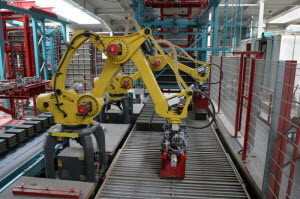 These robots can cost between $70,000 and $400,000 and can take about two to nine months to build. However, once these robots are in a facility, businesses will experience reduced operational costs.
These robots can cost between $70,000 and $400,000 and can take about two to nine months to build. However, once these robots are in a facility, businesses will experience reduced operational costs.